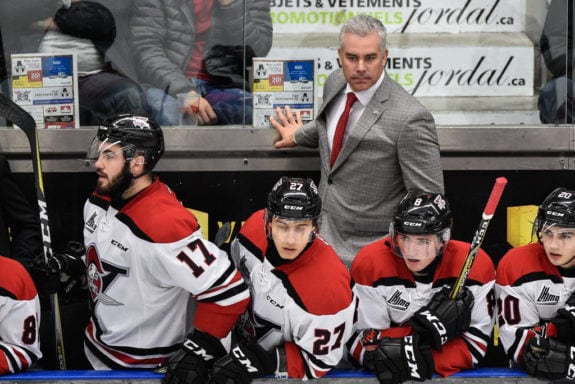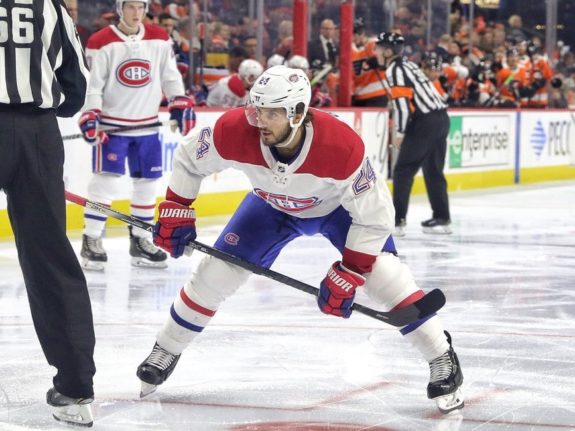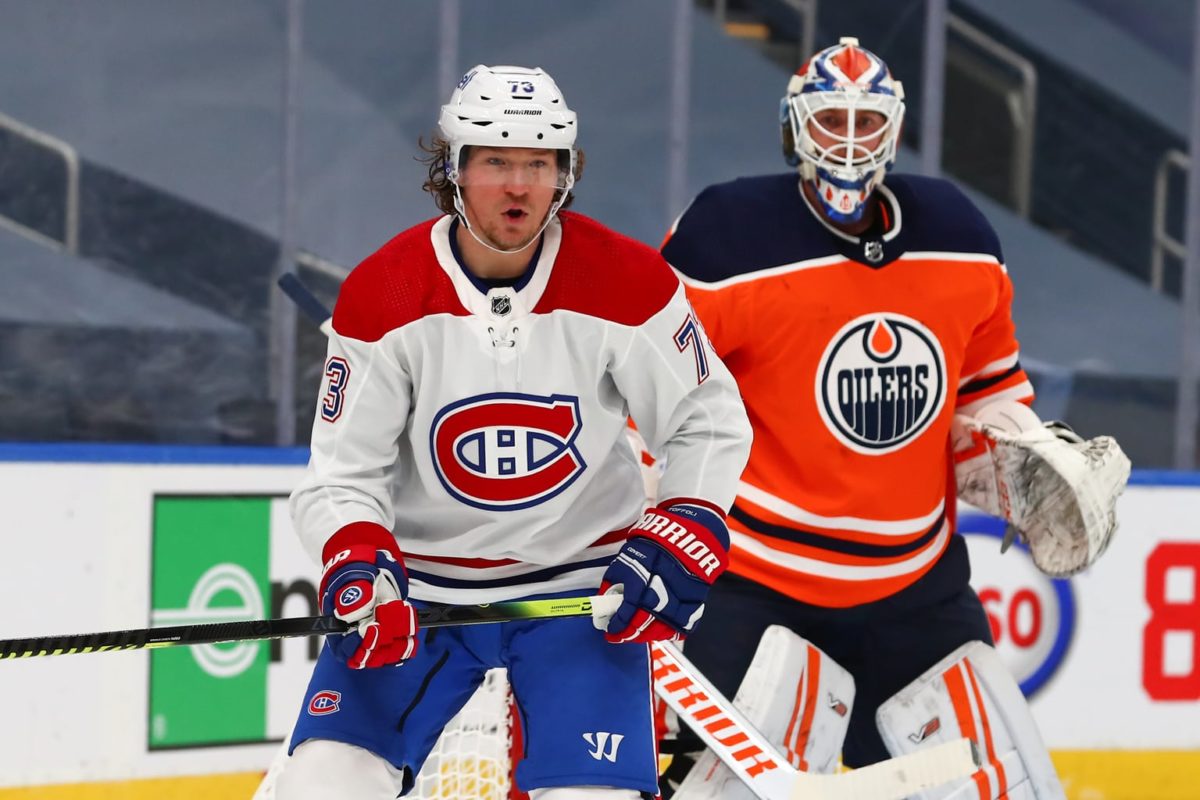Zero for eight. As of 18 March, the Montreal Canadiens have yet to win once a game goes to overtime (OT). They have been unable to pick up the extra point in any game going to extra time, and those extra points make a difference in a shortened season. Obviously, winning in regulation is a bigger help as they avoid the dreaded OT but they would also deprive their divisional rivals points.
In the playoffs, if they can qualify, the Canadiens would have to beat two of the Toronto Maple Leafs, Winnipeg Jets or Edmonton Oilers to move on to the Semi-Finals. It’s a tall order, but that’s going to be the path. To do that in the playoffs, there is no gimmick three-on-three (3on3) overtime. But to get to the playoffs, the Habs will have to win some games in that situation. The big issue now is if they can find a way to do so.
New Coach, New System
When a new coach steps in mid-season, their main priority isn’t to start with game planning for 3on3 OT and new Canadiens head coach Dominique Ducharme is no different. Is the OT issue the biggest one the Canadiens have this season? No. Discipline, consistency, special teams, all of those sit far above OT in issues the Habs must face. That being said, it will need to be addressed eventually.

A new coach won’t start by working on OT issues, and Ducharme was no different. He has had 11 games in the role as of 18 Mar and has been actively addressing the issues mentioned, and it’s clear to Canadiens fans that those issues remain. However, there has been an improvement.
The power play has improved from an 18.2% rate under former head coach Claude Julien to 29.4% under Ducharme (in his 11 games), an impressive 11 point leap. The penalty kill has also improved, albeit less spectacularly, from 76.4% to 77.4% (in the 11 games under Ducharme). Combining the results from special teams, any score above 100 would demonstrate that the systems in place provide a net positive in goals for. Under the new head coach, the special teams combined have a rate of 106.8%, which gives them the net gains they’ve lacked under Julien
There is still work to be done at five on five and the discipline needed to avoid penalties, yet those are more on the players. Three-on-three OT is a system that can be planned concurrently by the coaching staff with other areas of the game. It has become time to try something different, because at 0-8, clearly, the current plan isn’t working.
The System
In the Canadiens case, once they reach the OT frame they can’t seem to find a way to win. Is it a feeling of relief that they got a point? Perhaps it’s a mental block or that 3on3 is just too different of a system for them to handle while the team is still learning Ducharme’s new systems.
There is no secret to 3on3 OT, the name of the game is possession. The team that can keep the puck usually wins. For most teams, it’s easy to pick lines for the OT, put out the high-end skill. Yet the Habs have enough skill to be able to roll three skilled lines that could be successful. That being said, the Canadiens can’t match the pure skill seen in Toronto or Edmonton, but they can have success in OT if they can gain possession. This seems to be the main plan for Ducharme as he explains in the postgame press conference on 17 Mar:
“The first thing was to take possession, with a faceoff favoring a lefty, we went with Phil, (and) the speed of (Paul Byron) and (Petry) who skates really well too. We took control, we waited for the right moment, and they gave us a chance to attack on a 2-on-1 and we took it.
Dominique Ducharme
Starting with Jeff Petry makes sense as he is the Canadiens top defenceman and top puck mover. Phillip Danault was having a strong game vs the Winnipeg Jets and was the top faceoff center in that game. Paul Byron is known for his speed, yet, he is used on the fourth line and had just cleared waivers the day of the game.

Despite not using the top skill as a unit, the plan does seem to gain possession, then to try and wait for fatigue to set into the opposition line allowing the team with possession to take advantage by performing a line change then attacking the fatigued opposing line.
“We get the puck back and that’s where a bit of panic set in. The (Jets) were stuck on the ice for almost a minute when we started a change, but we should’ve been attacking even more since we had control. I was sending three forwards on the ice on the change, but we got impatient when we took control and lost the puck.”
Dominique Ducharme
While the plan in OT seems to be sound, it does mean that a poorly executed line change or a puck carrier panicking and losing possession can lead to a scoring chance or worse, a goal against, being the result. As in 5v5, the OT system is about puck support, having all players on the ice moving as a full unit. The Canadiens haven’t been able to do so consistently yet this season.
It is time to build 3on3 lines, much like Ducharme does in regulation, using pairs. Pairing creative players with speed such as Nick Suzuki and Jonathan Drouin, who have had great chemistry and can be very creative offensively.
Another pairing of Jesperi Kotkaniemi and Josh Anderson, who could provide great on ice vision and speed.
Following that up with Suzuki and the Habs top scorer, Tyler Toffoli could give the team a lethal shooter with a great playmaker.

There are more pairings, and what is clear is Danault isn’t suited to be on the main pairing. He is a great 5v5 player, however, he seems unable to adjust to having more open ice. Using him as a third on a line for faceoffs then moving back as the defense in a line could provide Ducharme more options.
While Ducharme clearly has a 3on3 plan, thus far, it has not produced success. Until he can build three-man units out of his top-six forwards paired with his top puck-moving defenseman, his plans may not have the weapons needed to find success.